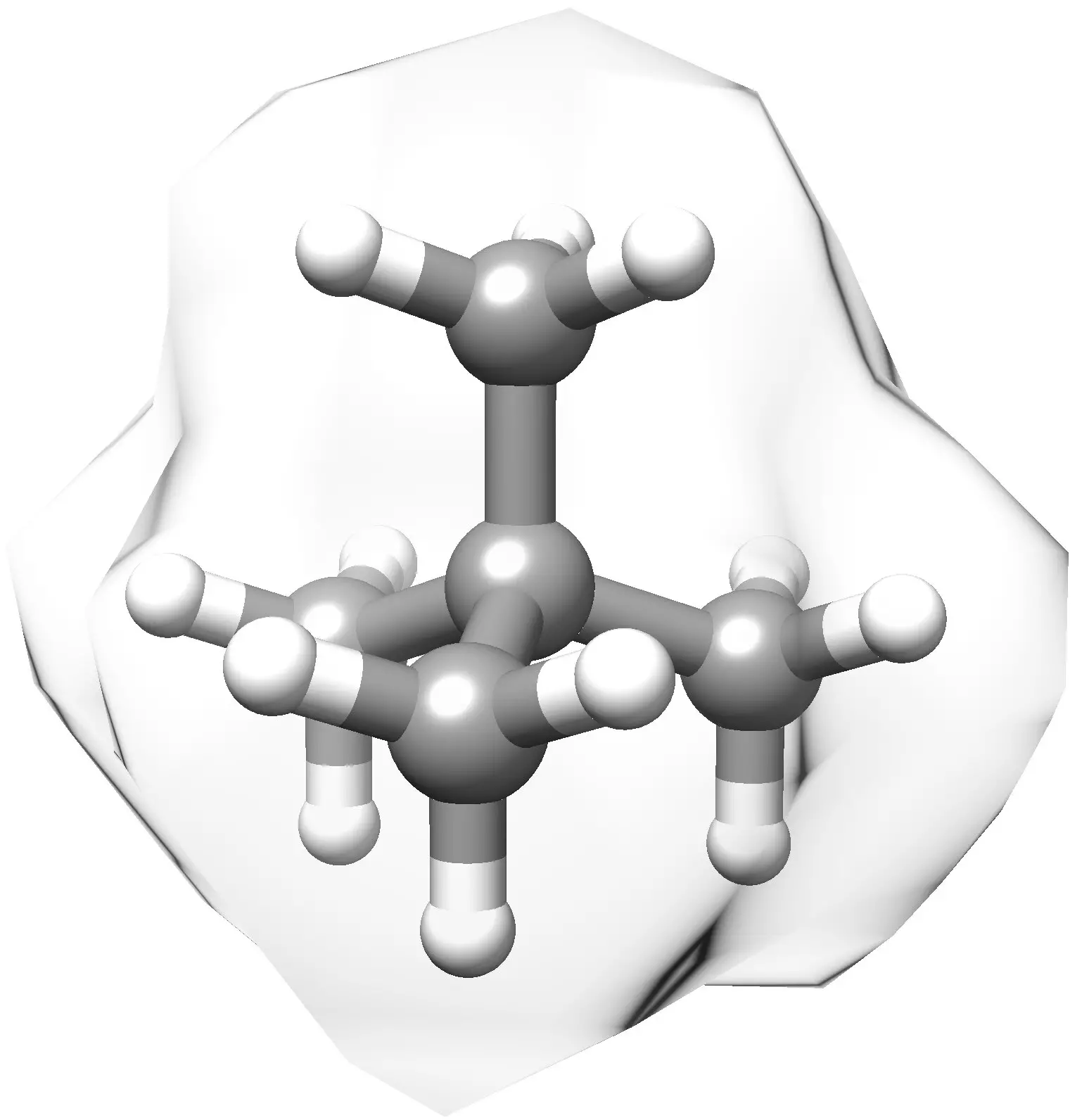In the world of drug development, the creation of small molecules with quaternary carbons has long been a challenging task. These quaternary carbons, which consist of a carbon atom bonded to four other carbon atoms, are essential in many drug compounds. However, due to the complexity and cost involved in their synthesis, researchers have struggled to find a cost-effective and efficient method to produce these molecules.
A recent breakthrough by scientists at Scripps Research has provided a potential solution to this long-standing problem. In a study published in Science on April 5, 2024, the researchers unveiled a method that involves converting feedstock chemicals into quaternary carbons using a single, inexpensive iron catalyst. This groundbreaking approach could revolutionize drug development by making the production of these molecules cheaper and more accessible at both small and large scales.
The Role of Catalysts
Catalysts play a crucial role in speeding up chemical reactions, making them essential in the synthesis of complex molecules. However, traditional methods often require multiple catalysts, leading to increased costs and waste production. The Scripps Research scientists discovered that a single catalyst could effectively perform multiple roles in the conversion of carboxylic acids and olefins into quaternary carbons, simplifying the process and reducing overall costs.
The implications of this breakthrough extend beyond the realm of organic chemistry. Drug developers stand to benefit significantly from this new method, as it could streamline the production of vital drug compounds. Quaternary carbons are essential components in various areas of research, from drug discovery to material science, making this discovery a game-changer in the field of pharmaceuticals.
The success of this study is a testament to the collaborative atmosphere at Scripps Research. The team, led by researchers such as Nathan Dao, Xu-Cheng Gan, Benxiang Zhang, Ryan Shenvi, and Phil Baran, worked together to unveil a simple yet effective method for producing quaternary carbons. By harnessing the power of collaboration and innovation, the team was able to uncover a transformative approach that could reshape the landscape of drug development and organic synthesis.
The discovery of a cost-effective method for producing quaternary carbons represents a significant advancement in the field of drug development. By simplifying the synthesis process and reducing costs, this breakthrough has the potential to accelerate the pace of drug discovery and make vital medications more accessible to patients worldwide. The collaborative effort of the scientists at Scripps Research underscores the importance of teamwork and innovation in driving progress in scientific research.


Leave a Reply